Catherine Bradley


Catherine Bradley is Professor at the University of Oslo, where she leads the project BENEDICAMUS: Musical and Poetic Creativity for a Unique Moment in the Western Christian Liturgy c.1000-1500, funded by a European Research Council Consolidator Grant. She is the recipient of the Dent Medal from the Royal Musical Association (2023) and the Early Music Award of the American Musicological Society (2019).
The project
Titre: A Revolutionary Combination of Texts and Melodies c. 1100: New Perspectives on Stirps Iesse florigeram in Manuscripts in the Bibliothèque nationale de France
This project explores relationships between music and language and new technologies of musical notation through the lens of a multi-voiced or polyphonic composition created around 1100, whose generic and historiographical status has provoked debate. 'Stirps Iesse florigeram' is preserved in two early twelfth-century sources from Aquitaine: Paris, Bibliothèque nationale de France, lat. 1139 and lat. 3549. It represents the first surviving example of polyphony that combines a newly-composed upper voice with its own poetic text with a lower-voice quotation of a pre-existing plainchant melody. Here, the upper-voice text 'Stirps Iesse florigeram' serves as a trope that elaborates upon the dual identity of an underlying 'Benedicamus Domino' plainchant, itself borrowed from the famous Responsory 'Stirps Iesse' for the Nativity of the Virgin, attributed to Bishop Fulbert of Chartres. The composition 'Stirps Iesse florigeram' prefigures by more than one-hundred years the characteristic typically considered to define the new thirteenth-century genre of the motet: the presentation of a syllabic upper-voice text above a plainchant tenor quotation. While scholars such as Ewald Jammers (1972) and Hans Tichler (1982) viewed Stirps Iesse florigeram as a motet avant la lettre, others—including Sarah Fuller (1969), Edward Roesner (1984), and Wulf Arlt (1986)—emphasized significant conceptual and genetic differences between 'Stirps Iesse florigeram' and later, genuine motets.
Hosting institution: Centre Universitaire de Norvège à Paris
Selective Bibliography
- Authorship and Identity in Late Thirteenth-Century Motets, Royal Musical Association Monographs 39 (Abingdon: Routledge, 2022).
- ‘Perspectives for Lost Polyphony and Red Notation Around 1300: Medieval Motet and Organum Fragments in Stockholm’, Early Music History 41 (2022): 1-92.
- Edited special issue, ‘Benedicamus Domino as Female Devotion’, Early Music 50/4 (2022).
- ‘Choosing a Thirteenth-Century Motet Tenor: From the Magnus liber organi to Adam de la Halle’, Journal of the American Musicological Society 72/2 (2019): 431-92
- Polyphony in Medieval Paris: The Art of Composing with Plainchant (Cambridge: Cambridge University Press, 2018).

Personal page of Catherine Bradley

More about our residence

Monica Alonso Riveiro

Toon Van Overbeke

Xiaoyang Zhu


